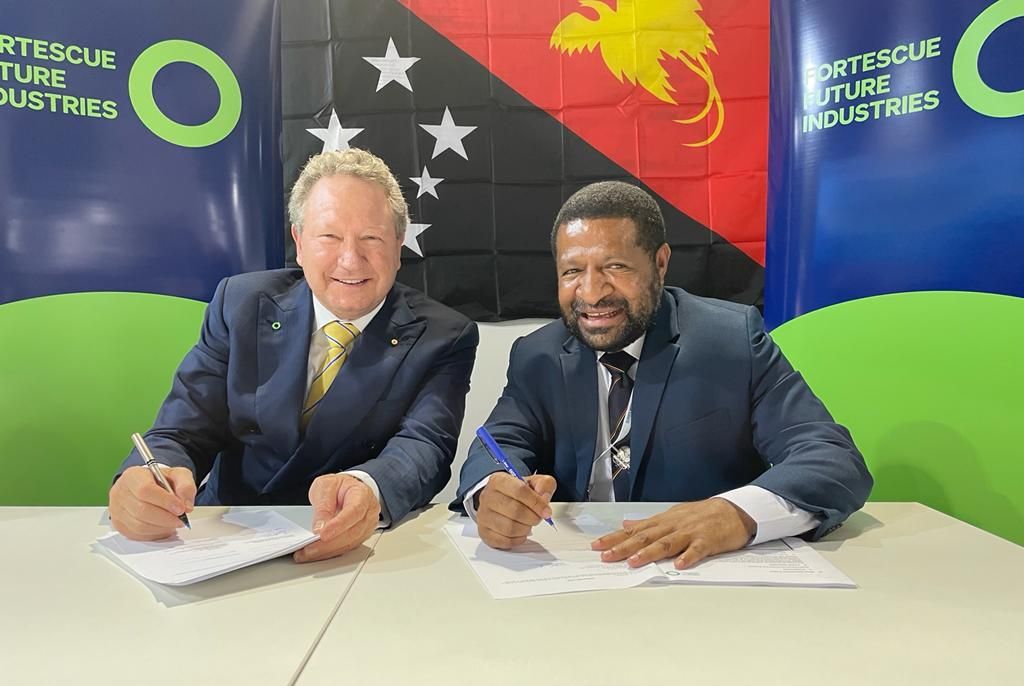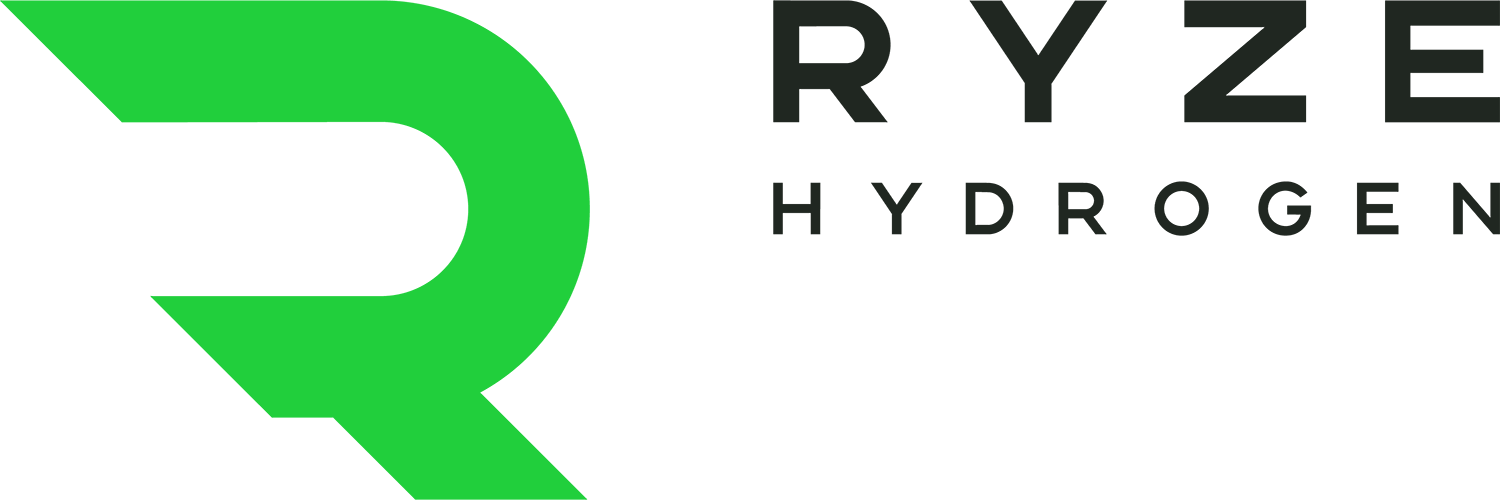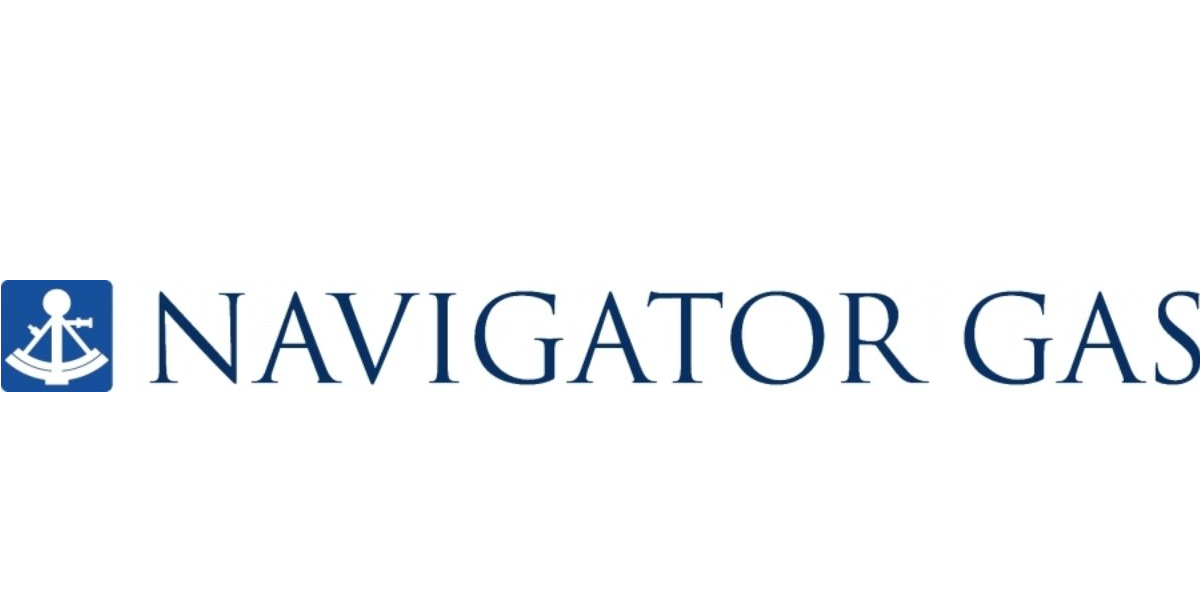bp announced it is planning a new, world-scale green hydrogen production facility near Hartlepool in northeast England. HyGreen Teesside will be developed in phases, with an initial phase of some 60MWe of installed hydrogen production capacity and a full capacity of up to 500 MWe. Taken together with the blue H2Teesside project, bp would operate 1.5 GW of hydrogen production capacity in northeast England by 2030.
United Kingdom
Fortescue Future Industries powers ahead on green ammonia
Fortescue Future Industries has been hitting the Ammonia Energy headlines of late. All of these various announcements point towards a singular target, announced in June by Fortescue Chairman Andrew Forrest: the supply of 15 million tonnes green hydrogen to global markets by 2030. Taken on their own these are significant steps, but COP26 was also the stage for a number of other significant ammonia and hydrogen-related announcements by FFI. Over the last fortnight we've seen the launch of green ammonia production projects in Papua New Guinea, Jordan & Argentina, buyers announced for a full 10% of FFI's global green hydrogen production, a partnership to decarbonise aviation and more developments in the electrolyser space.
New UK joint venture for lightweight, modular ammonia crackers
Reaction Engines, IP Group, and the Science and Technology Facilities Council (STFC) launched a new joint venture this week at COP26 in Glasgow. The group will design and commercialise lightweight, modular ammonia cracking reactors to enable the use of ammonia in hard-to-decarbonise sectors, particularly aviation, shipping and off-grid power generation applications. The design will feature Reaction Engines’ heat exchanger technology developed for its SABRE™ air-breathing rocket engine. In this setup, exhaust heat is utilised to partially crack ammonia back into a fuel blend that "mimics" jet fuel. STFC will lead development of the cracking catalyst, with funding to be provided by IP Group.









